
Category:
Time:
The worldwide, increasing incidences of lifestyle-related diseases such as metabolic syndrome, hypertension and obesity call for a better understanding of how to design novel foods targeted at counter-acting dietary contribution to disease risk. Evidence has emerged that the postprandial responses are especially fundamental for understanding how the diet contributes to development of lifestyle-related diseases such as the metabolic syndrome.
The Dairymat project evaluated the relationship between the food matrix of dairy products and bioavailability/uptake of nutrients and metabolic responses. The objective was to obtain an understanding of how uptake of lipids was affected by modifications of the dairy structure and texture in iso-energetic meals of similar macronutrient composition.
The project presented a novel and new interdisciplinary initiative, where the relations between structural attributes of dairy food matrices on lipaemia were explored. Four dairy products including cheddar cheese as a reference were produced with differences in the dairy matrix such as alterations related to texture (solid, semisolid, or liquid), the protein network and/or lipid droplet size. The impact of these four dairy products on 8-hour postprandial lipaemia and the uptake of nutrients were examined in a human randomized cross-over meal study with integrated metabolomics studies to enable a detailed characterization of the kinetics of the postprandial absorption and interlinked pathways regulating the postprandial metabolic response.
Results showed that consumption of dairy products with different matrices affected the postprandial response of both triglycerides and free fatty acids, but not apolipoprotein B48, when isoenergetic and macronutrient-matched meals were served. Similar observations were found by in vitro digestion of the four dairy products. Thus, metabolomic analyses using liquid chromatography-mass spectrometry revealed differences in plasma levels of specific lyso-phosphatidylethanolamines and lyso-phasphatidylcholines between the dairy products. In conclusion, the dairy matrix affects the postprandial lipid response, which may affect risk factors for cardiovascular diseases.

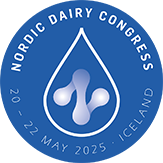














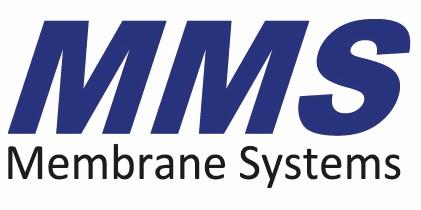


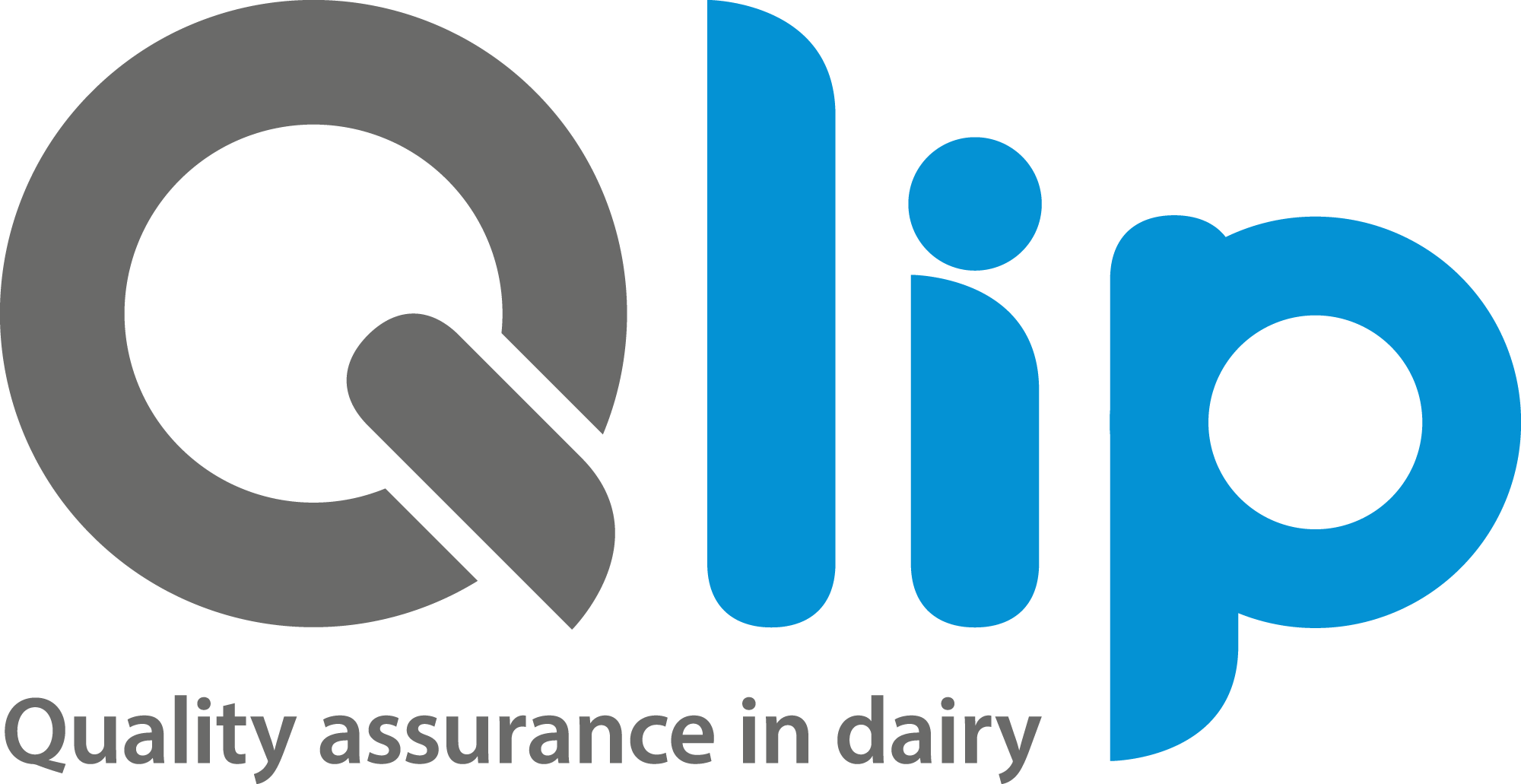













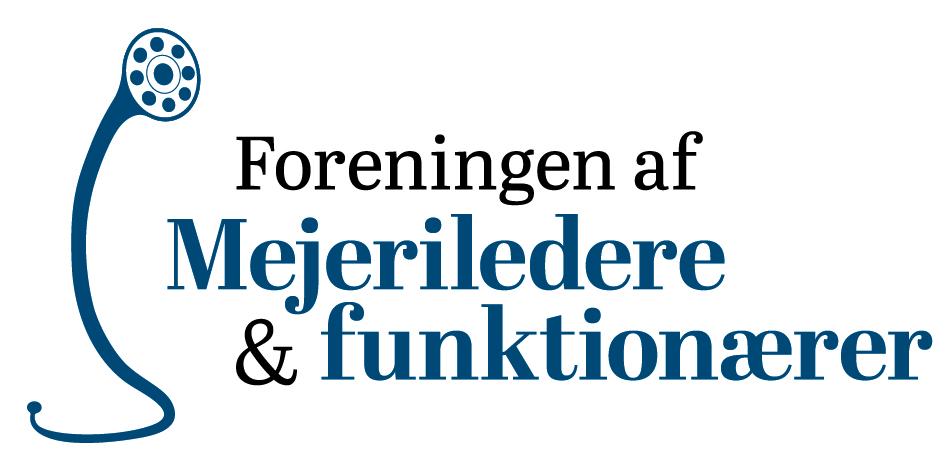




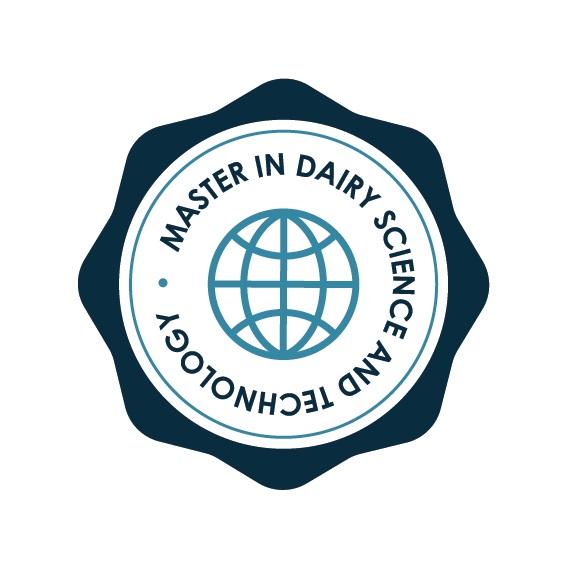




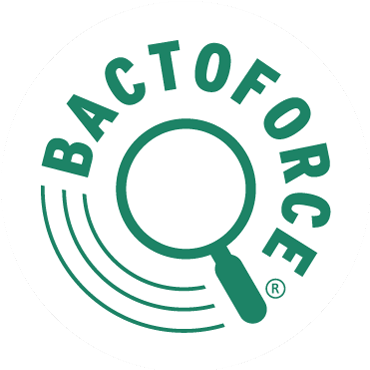

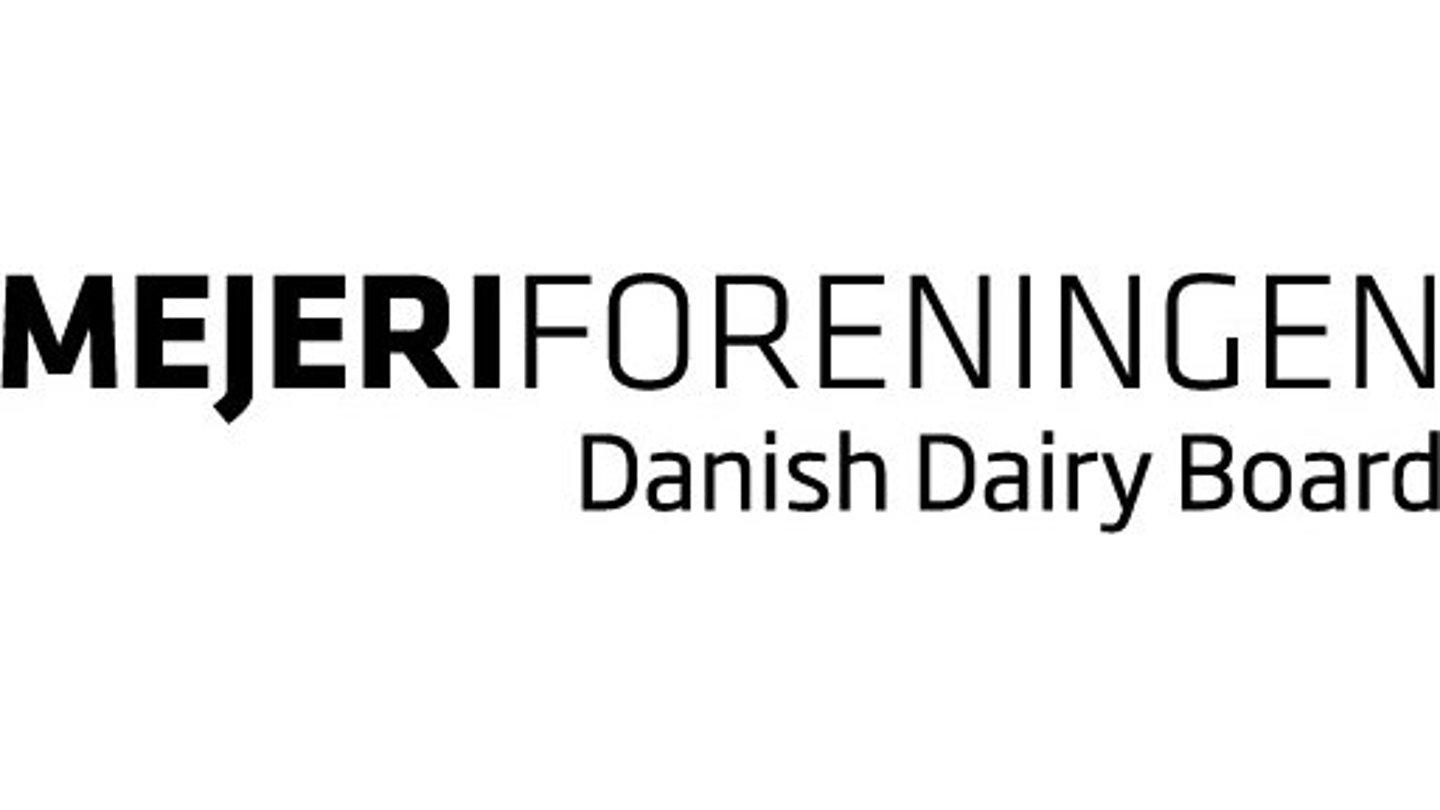
 Munkehatten 28
Munkehatten 28